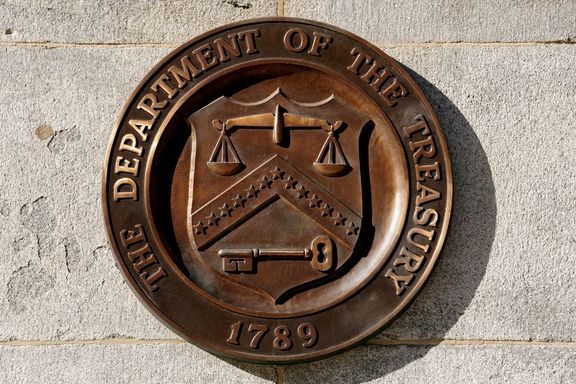According to Iranian customs statistics, non-oil exports in June totaled just $3.4 billion—a 34% drop compared to the same month last year.
Meanwhile, data from tanker tracking firm Kpler, shared with Iran International, shows Iran’s average daily crude oil offloading in China—its sole major customer—fell to 1.36 million barrels per day in June, a 16% decrease from the year before.
It wasn’t only exports that suffered. Imports also dropped 17% year-on-year, despite repeated government assurances that markets were stable.
In the aftermath of the conflict, the price of essential goods and food rose sharply across Iran.
While officials insist there is no shortage, the numbers tell a different story. With essential items accounting for 75% of Iran’s imports—and total imports down sharply—the government’s denials appear increasingly tenuous.
Iran’s customs chief Foroud Asgari asserted this week that clearance of essential goods increased by 87% during the war. His assertion appears to be inconsistent with available data, given the overall 17% drop in imports and the dominant share of essential items in the import basket.
Trade down across the quarter
While customs data points to a dramatic drop in June exports, Kpler’s oil tracking suggests Iran’s oil income fell even more steeply.
Iran’s official customs report shows non-oil exports for the first quarter of the current fiscal year (starting March 21) reached only $11.6 billion—a 14% decline year-on-year.
Over the same period, Iran’s daily crude oil deliveries to Chinese ports dropped 17%, falling below 1.3 million barrels per day. Compounding this, global oil prices were roughly 13% lower this spring compared to the same period in 2023.
Taken together, Iran’s oil revenue fell by an estimated 30% compared to the first quarter of the previous fiscal year.
Bleak outlook for oil revenues
New assessments from international bodies this week confirm Iran’s declining energy income.
According to the U.S. Energy Information Administration (EIA), Iran earned $43 billion from crude oil and condensate exports in 2024—just $1 billion more than in 2023.
OPEC’s estimate, which includes petroleum products such as fuel oil, places Iran’s total oil export revenues at $46.7 billion.
These totals, however, exclude the heavy costs Iran pays to circumvent U.S. sanctions—estimated at more than 20% of gross revenues.
These costs stem from steep discounts to Chinese buyers (around $6–$7 per barrel, according to Kpler), the leasing of expensive "ghost fleet" tankers, and clandestine tactics such as ship-to-ship transfers, document forgery, and the use of intermediaries in countries like Malaysia to disguise the oil’s origin.
OPEC’s statistical bulletins show Iran earned just $160 billion from oil exports between 2019 and 2024. In sharp contrast, in the five years before U.S. sanctions were reimposed in 2018, Iran’s oil export revenues exceeded $400 billion.












